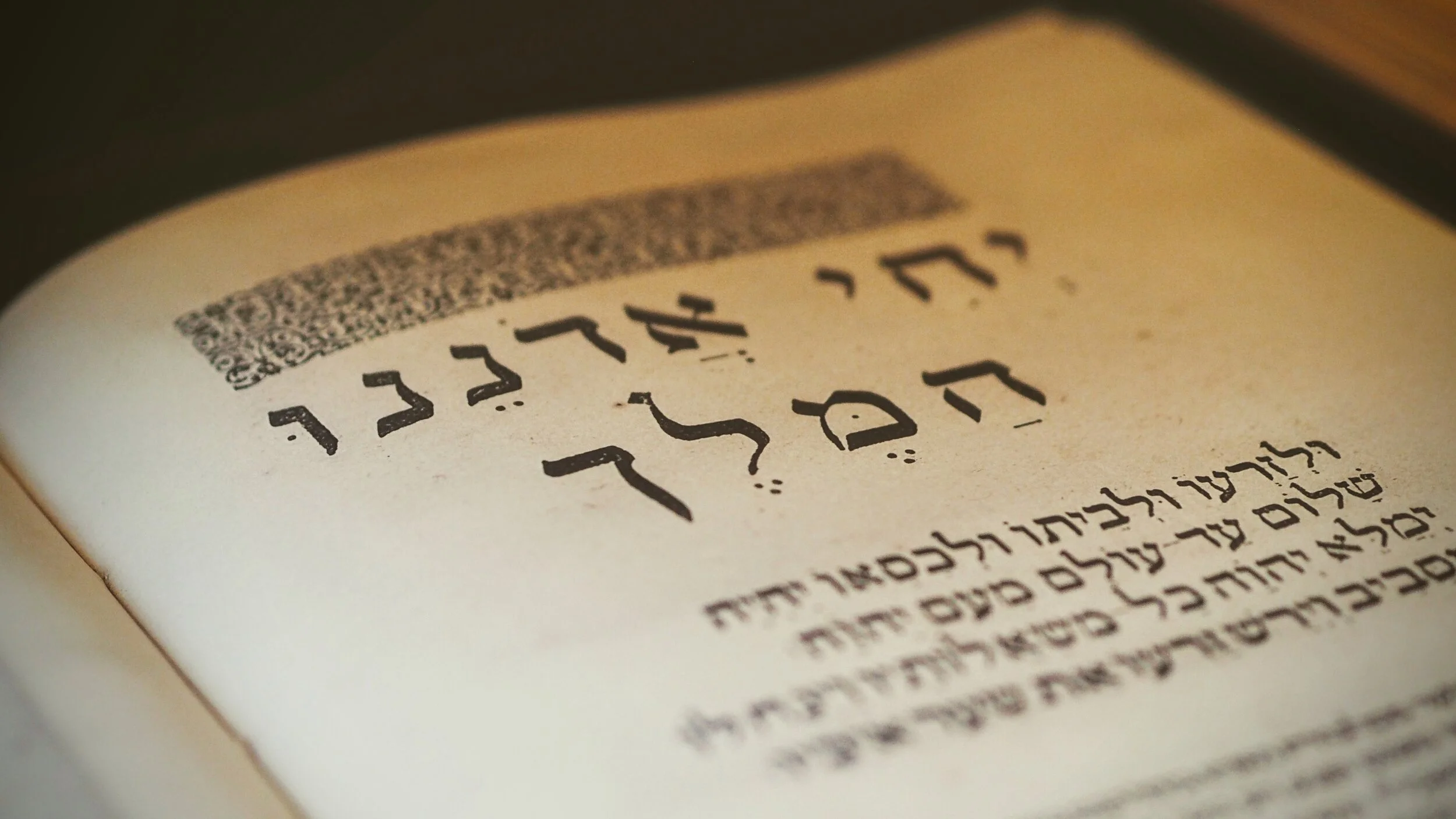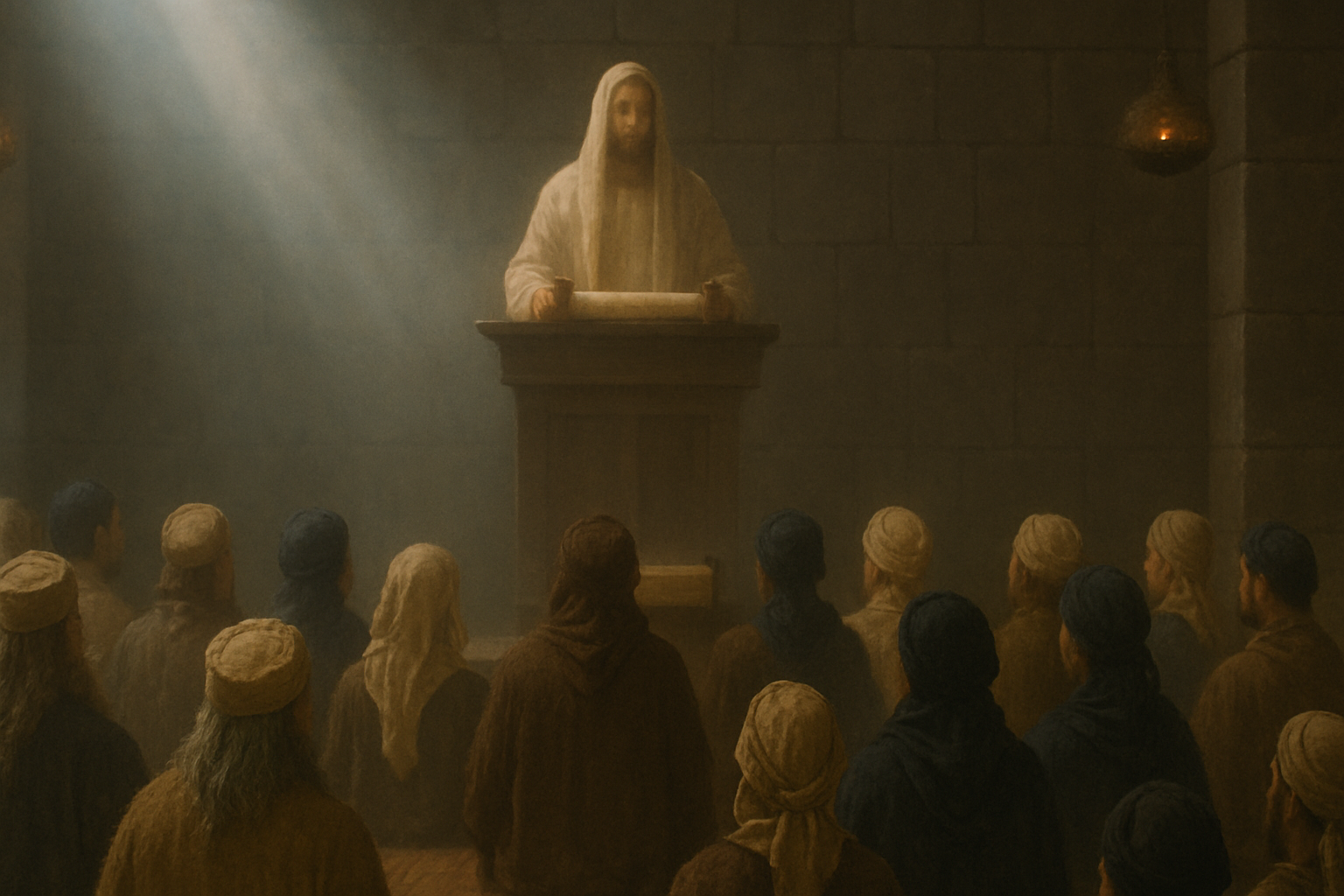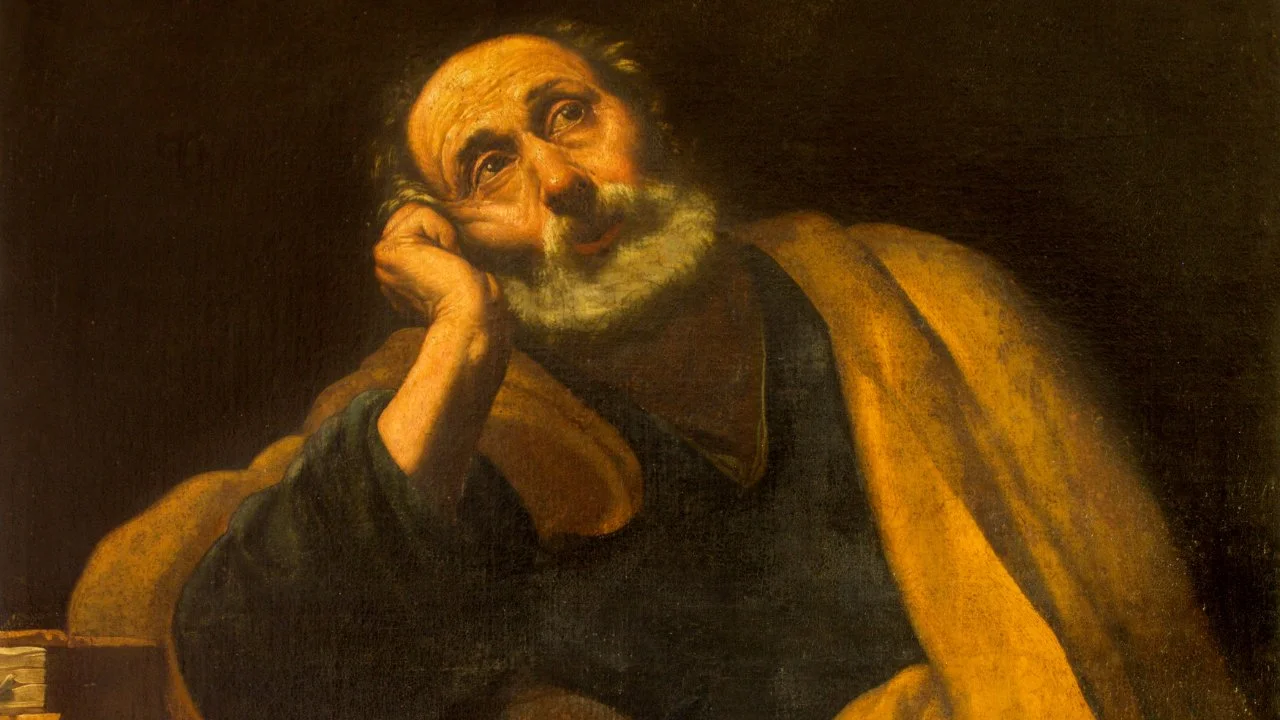Author: David Wilber
Have you ever heard that Hebrew letters contain “pictographic meanings,” which can be decoded to reveal hidden messages? The idea is that the letters in the Hebrew alphabet were originally pictures. If you interpret the “ancient pictographic meanings” of each letter, you can discover deeper nuances of Hebrew words.
For instance, in a teaching series promised to “radically affect your understanding of the scriptures,” one teacher demonstrates how this interpretive methodology works:
The first two letters of the Hebrew aleph-bet are Aleph (א) and Bet (ב). Aleph means "strength, power, leader" and Bet means "house." Together, those two letters mean "the strength of the house." Furthermore, together, Aleph and Bet also spell the Hebrew word "Av," which means Father! Our Father is the "Strength of our House"![1]
Here is what you do to decode these secret messages encoded in Hebrew words: you recognize the “picture” represented by each Hebrew letter, then, when you put the “pictures” together, it reveals a message. Voilà!
As we see in the example above, since aleph was initially a picture of an ox head, it carries the meaning of “strength” (apparently because of the hard work the animal did, or so it is said). Bet was initially a picture of a house. Therefore, the hidden meaning encoded in the Hebrew word for father (av / אָב) is “the strength of the house.” Remarkably, when we submit our lives to our Father in heaven, He becomes the strength of our house, right? Or perhaps you could say that since the father of the family is the head of the household, he is the strength of the house!
There are all sorts of things you can contrive from this methodology. You can make words mean whatever you want! Who needs to learn Hebrew? Astonishingly, the example above is on the milder end of this wild spectrum of imagination.
My favorite hidden message I’ve heard derived from Hebrew Word Pictures is that the name Yeshua contains a prophecy about how the Messiah will destroy the Illuminati.[2] Indeed, Yeshua is spelled ישוע. Yod (י) is a picture of a hand. Shin (ש) is a picture of teeth and means “consume/destroy” (because teeth are what one uses to consume food?). Vav (ו) is a picture of a nail and means “establish” (nails are used to build or establish things?). Finally, ayin (ע) is a picture of an eye. Thus, Yeshua means “the hand that destroys the establishment of the eye.” And did you know that the Illuminati’s symbol is the “all-seeing eye”? Incredible!
While this interpretive methodology is trendy among fringianics,[3] scholars universally reject it. Semitic scholars Dr. Michael Heiser and Dr. Michael Brown call it “nonsense” and even “dangerous false teaching.”[4] No scholarly lexicon defines Hebrew words according to the alleged pictographic meanings of the Hebrew letters. Nowhere do you find this methodology in any ancient Jewish writings (DSS, Targums, Pseudepigrapha, Josephus, Philo, etc.) or rabbinic literature (Mishnah, Talmud, Midrash, etc.). This idea just pops up out of nowhere in the past thirty years or so.
So, why do scholars universally reject the idea of Hebrew Word Pictures? Well, for one, the premise of the methodology is entirely bogus.
As Dr. Brown explains:
The ancient Hebrew script (called Paleo Hebrew) which was used in writing the earliest books of the Bible is simply an alphabet and has no pictographic meaning […] Any linguist familiar with the material knows that by the time a written language develops into an alphabet, it is no longer pictographical. In other words, the letters no longer stand for pictures. They only stand for sounds. [5]
The development of the alphabet simplified written communication significantly. Pictographic communication needed thousands of symbols; an alphabet usually requires fewer than 30 symbols: “The genius of the alphabet was to isolate the most basic sounds used in a language (normally, between 20-30) and to find single symbols (the letters of the alphabet) to convey these sounds.”[6]
In the Hebrew alphabet, out of hundreds of symbols, twenty-two were chosen to represent sounds based on the first syllable of the original picture meaning. Thus, the Hebrew letter bet came to represent the sound b. It no longer represented a house, only a sound.
In other words, even though the earliest forms of the letters that make up the Hebrew alphabet evolved from pictographs, the letters no longer maintained the meaning of the pictures when the Hebrew alphabet was developed. The letters no longer represented pictures, only sounds. Therefore, interpreting Hebrew words in the Bible according to the “pictographic meanings” of the letters is invalid.
Consider this: according to the logic behind the idea of Hebrew Word Pictures, English words can be “decoded” in the same way. As Dr. Brown explains:
Interestingly, the ancient Greeks also borrowed the ancient Phoenician alphabet, which was subsequently borrowed by the Romans, ultimately used in our English alphabet. So, the ancient Phoenician-Hebrew letter “Beth” is actually our English letter B, and its rounded form resembles its ancient form depicting a house.[7]
This means that interpreting the “pictographic meaning” of Hebrew words makes as much sense as interpreting the “pictographic meaning” of English words. Are we going to start pulling random words out of Mark Twain’s novels and decoding prophecies?
Shamefully, I bought into this idea in my earlier days as a Messianic believer, and I know many others have as well. It’s time to let this flawed interpretive methodology die. I hope this article helps expose the problems with “Hebrew Word Pictures” so we all will stop profaning our Messiah’s name by our foolishness. Let’s focus on learning truth and making a real difference in the world for God’s glory.
[1] Jim Staley, Discover the Depth of the Hebrew Alphabet. https://youtu.be/cPYEAulgRIo
[2] Rob Skiba, How the movie Rocky Illustrates what Yeshua did at the base of Mt. Hermon. https://youtu.be/ufCTrEQUMeo
[3] Fringianic: a portmanteau; a combination of "fringe" (as in, needing to be outside of normal) and "Messianic." Popularized by the hilarious Messianic Memes for Torah Observant Peeps page.
[4] Michael Heiser and Michael Brown, The Paleo-Hebrew Alphabet. https://youtu.be/yMjTuIS9GrY
[5] Michael Brown, When Believers Prefer to Spiritual Fantasy to Biblical Truth. www.askdrbrown.org
[6] Ibid.
[7] Ibid.
About David Wilber
David is first and foremost a passionate follower of Yeshua the Messiah. He is also a writer, speaker, and teacher.
David’s heart is to minister to God’s people by helping them rediscover the validity and blessing of God’s Torah and help prepare them to give an answer to anyone who asks about the hope within them (1 Peter 3:15)…












